Expert tips on when and how to cut back perennials for neater flower beds
Tidy up your flower beds with these top tips
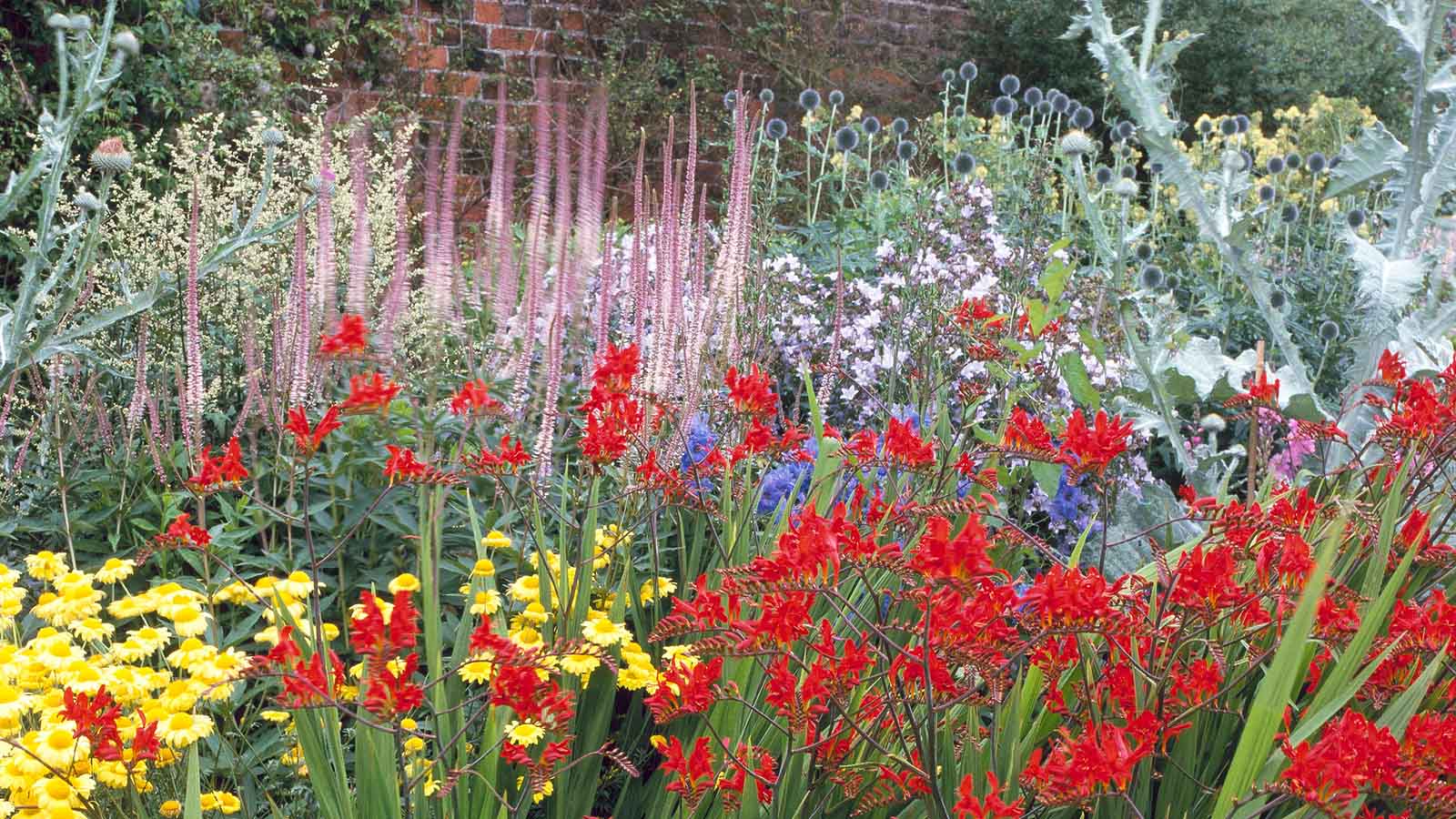

If your perennial plants put on a glorious show this summer but are now fading into a mass of brown leaves, it’s time to cut them back to make the borders look tidier and get things ready for winter. It will also give them a head start for next year. Trimming them back after they finish flowering in autumn helps improve their appearance and boosts their potential for the next flowering season, when they have a huge growth spurt over a short period.
Perennials have top growth that dies back completely at the end of the season, leaving the roots healthy below the surface of the soil. It's a good idea to leave some stems over winter to provide homes and food for wildlife, then trim them back in spring. In principle, a perennial plant goes on from one year to the next, but you can do your bit to help them along so they look their very best. It's also the right time of year to double your stock by dividing them. Read on to find out how to do it.
For the best tools for the job, take a look at our guide to the best secateurs.
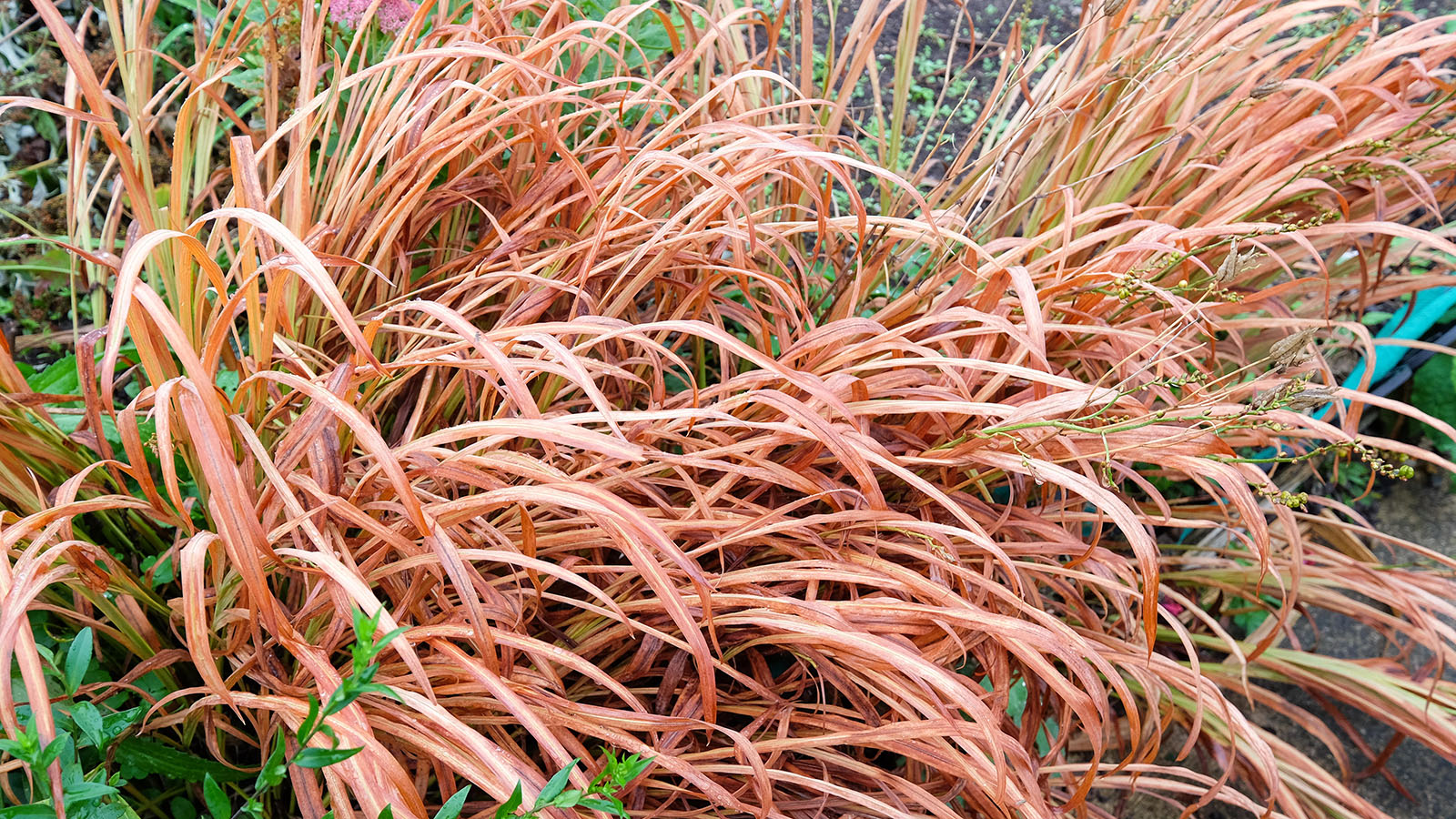
Crocosmia can be cut back hard and divided in autumn
How to cut back perennials
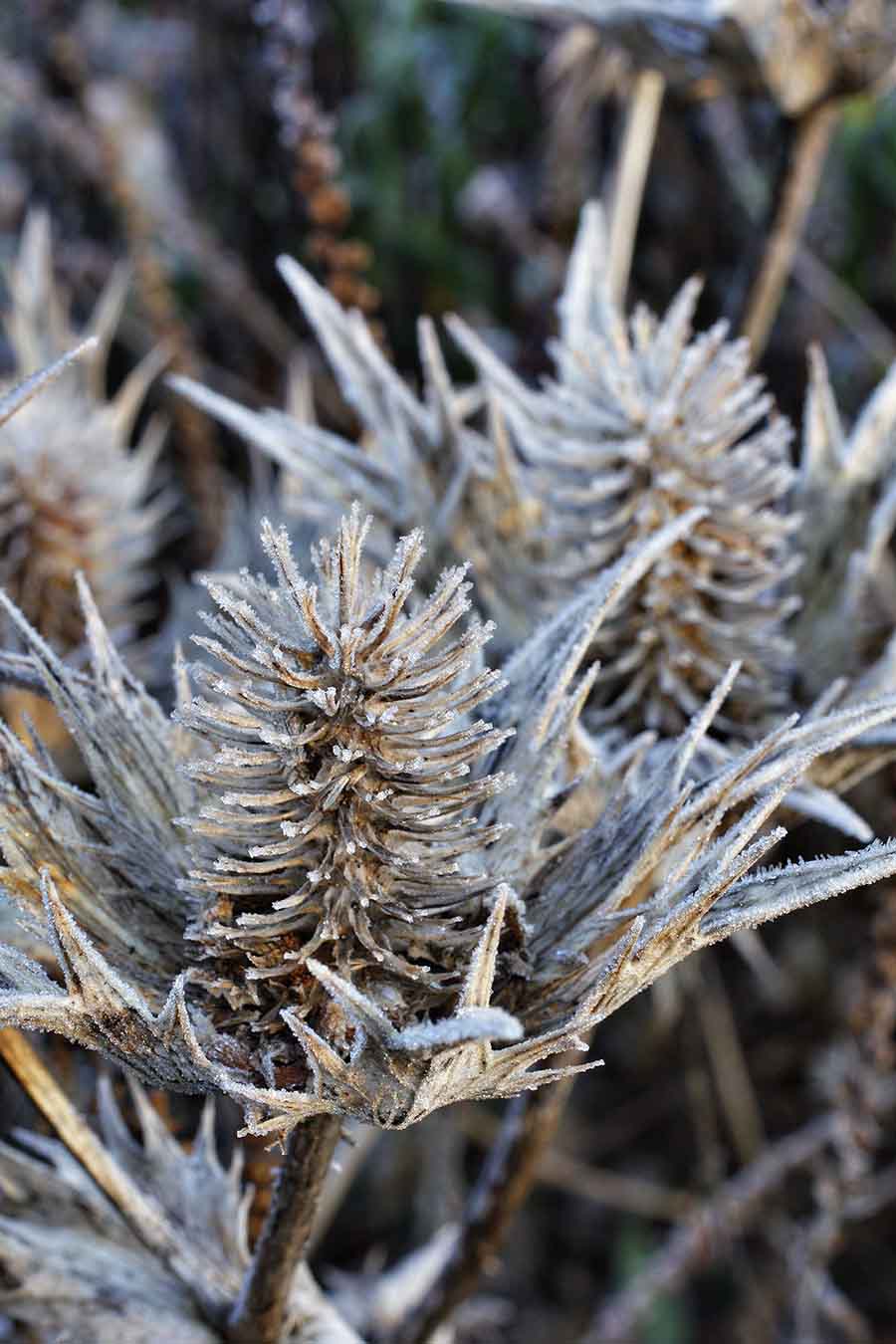
Leave the pretty heads and foliage of eryngium until spring before pruning them as they look great with a layer of frost
Once perennials finish flowering, it's time to go in hard so the plant has time to recover before it next bursts into action. This has the added bonus of removing old, dead and rotting foliage that harbours pests and disease that could damage the plant. This should be binned or burned, while the rest of the trimmings can be added to the compost heap.
Using sharp clean shears or secateurs, cut stems close to the ‘crown’ or dormant base of the plant to remove any dead material. If there is any fresh green growth, cut to just above it. Take the opportunity to get out any invasive weeds while you work, especially those with thick roots.
What to cut back now
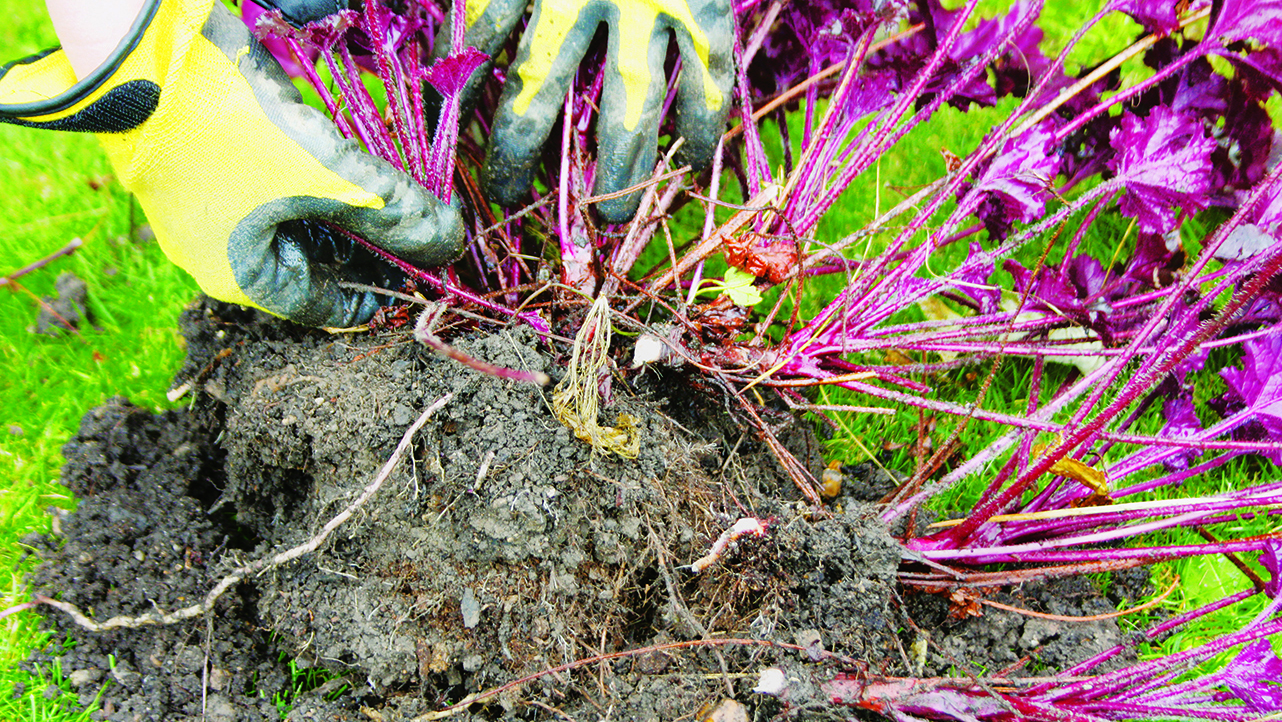
Heuchera can be divided every few years to keep the plant vigorous and healthy
Cut back perennials that produce leaves and flower stems from below the soil level, such as peonies and crocosmia, right down hard. Anything showing new shoots should be cut back less severely.
The not-reliably-hardy penstemons are only cut back part-way, so the remaining growth helps insulate the crowns through the colder months.
Only snip off the top third of flowered penstemon growth, leaving the rest to protect the crown through winter. In very wet autumns, the soil can be too wet to prune plants without compacting it. In this case (especially if the rain doesn't ease up!) it might be best to wait until spring.
What to cut back in spring
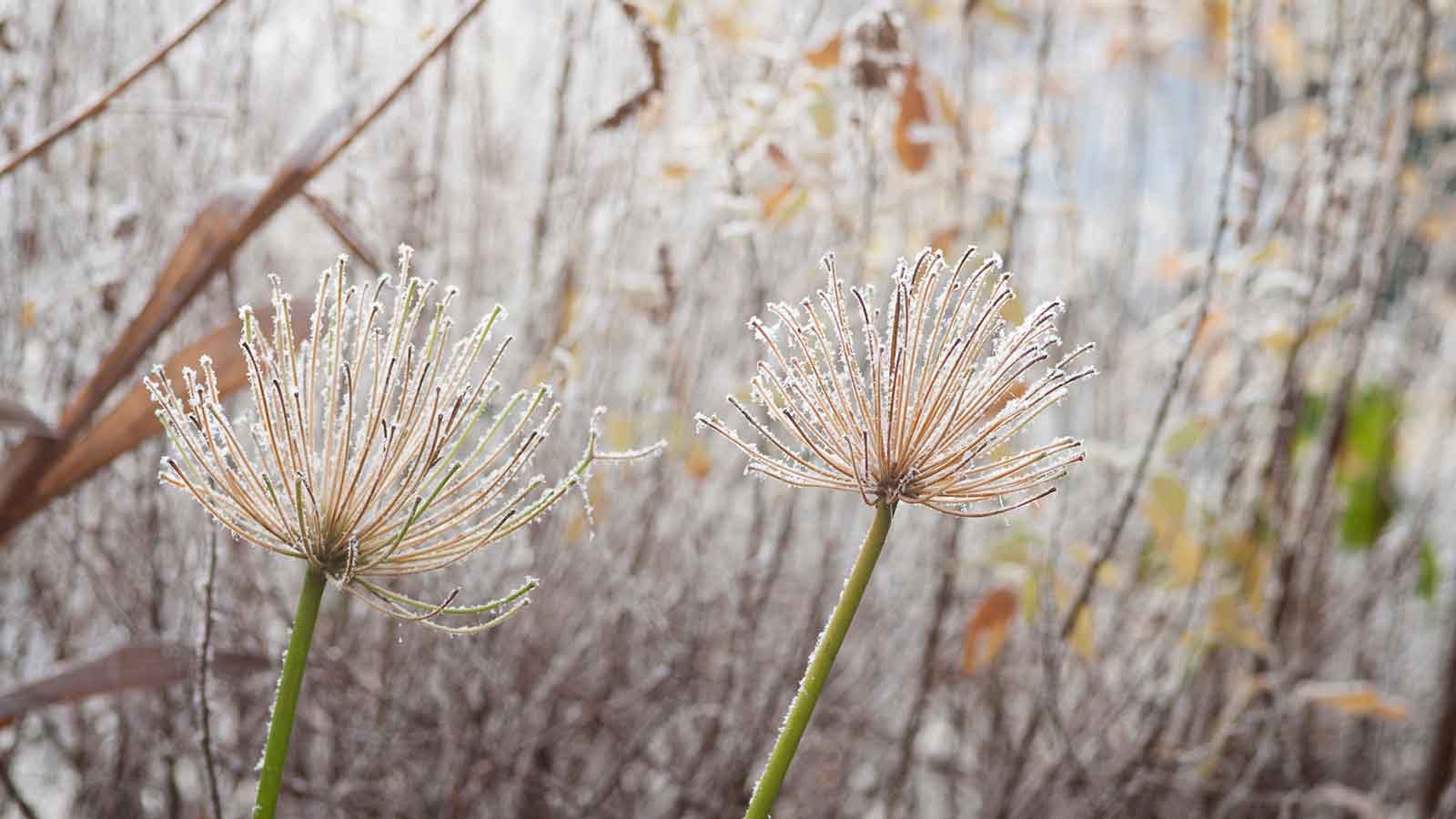
Leave cutting back agapanthus until spring as they add winter interest to the garden
Be selective in your pruning and don’t cut back everything. Some stems and seed heads should be allowed to remain as they are until spring because they provide winter interest, as well as protection and nourishment for insects and birds.
More statuesque varieties of perennial such as agapanthus, eryngium (sea holly), phormium (New Zealand flax), and ornamental grasses look wonderful when the sun catches the frost on them first thing on a winter's morning.
While it’s easy cutting back perennials now, the task becomes a little more tricky in spring as you need to avoid damaging any new shoots growing from the base. Cut back old stems to a few centimetres from the ground, leaving the new shoots open to light and air.
Aftercare for pruned perennials
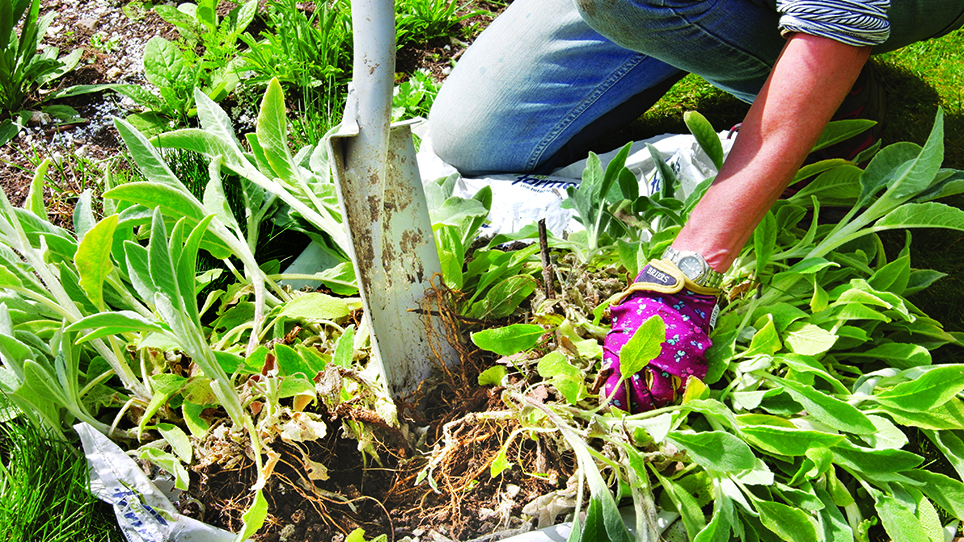
After cutting back your perennials, use a mulch to insulate and feed the roots. The better the soil the more your perennials with thrive next year and it’s always good to top up the goodness in autumn. While you’re cutting back and tidying up, get on with some border care, too, digging over the soil and getting out any weeds. This loosens the soil and lets air into compacted areas. It exposes pests and snail eggs, which garden wildlife such as birds and insects will devour.
Leave emerging new growth alone unless it has been damaged by frosts. If it has, remove it and it will soon regenerate next spring.

Lifestyle journalist Sarah Wilson has been writing about gardens since 2015. She's written for Gardeningetc.com, Livingetc, Homes & Gardens, Easy Gardens and Modern Gardens magazines. Having studied introductory garden and landscape design, she is currently putting the skills learned to good use in her own space where the dream is establishing a cutting garden.
